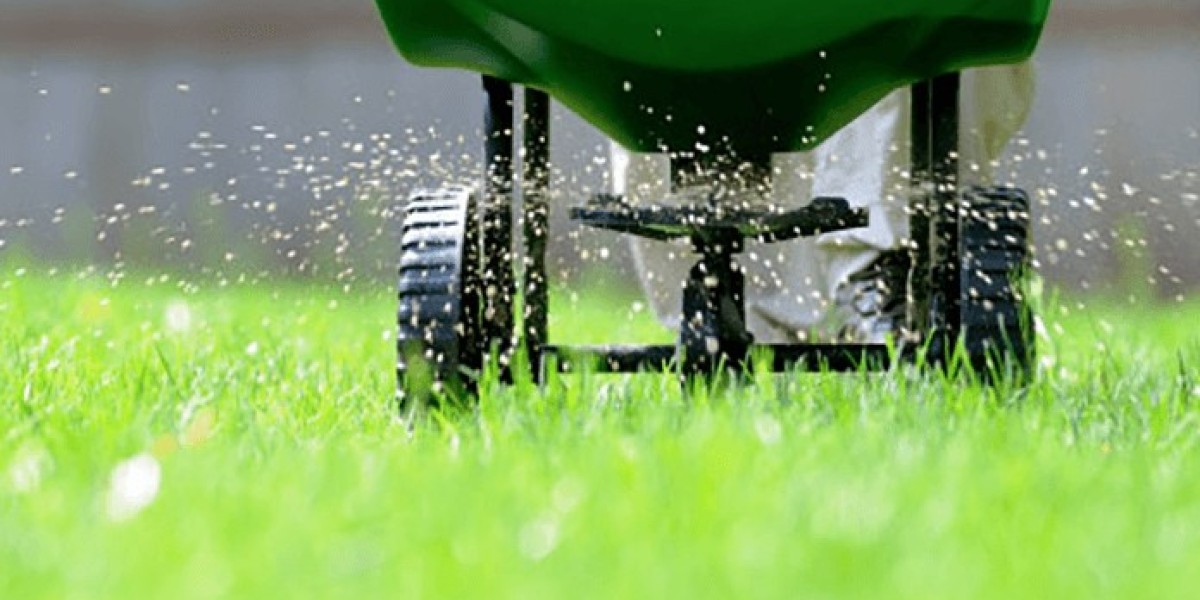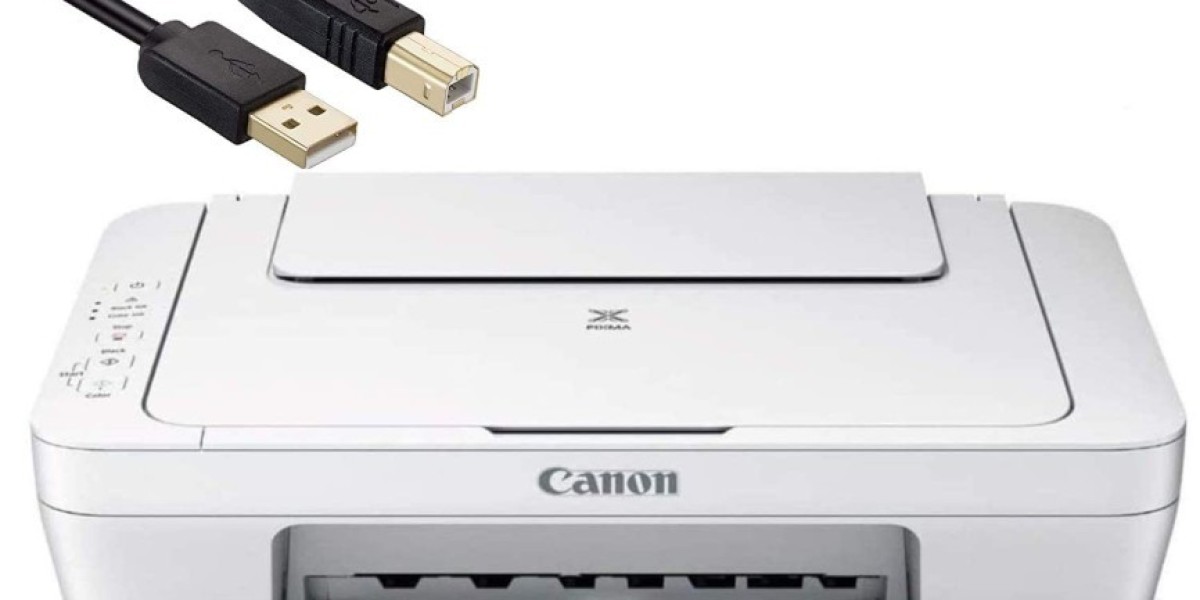As winter approaches, the risk of ice hazards increases significantly, posing dangers to both pedestrians and vehicles. In many regions, snow accumulation can lead to slippery sidewalks, driveways, and roads, making it essential to implement effective snow removal strategies. Shoveling and salting services play a crucial role in preventing ice hazards, ensuring safety and accessibility during the colder months. This article will explore the importance of these services, the techniques involved, and how to choose the right service provider.
The Importance of Shoveling and Salting
Shoveling and salting are vital components of winter maintenance. Accumulated snow can quickly turn into ice, especially when temperatures fluctuate. Ice can create hazardous conditions, leading to slips and falls, vehicle accidents, and other injuries. By removing snow promptly and applying salt, property owners can significantly reduce the risk of ice formation. This proactive approach not only enhances safety but also minimizes potential liabilities associated with accidents on their property.
Understanding the Shoveling Process
Shoveling is the first step in snow removal and involves physically removing snow from surfaces such as sidewalks, driveways, and parking lots. The process requires the right tools, including a sturdy snow shovel or snow blower, to efficiently clear snow. When shoveling, it’s essential to start early, ideally before the snow has a chance to compact or freeze. This practice makes the job easier and more effective, as fresh snow is lighter and easier to move.
Techniques for Effective Shoveling
To maximize efficiency and minimize strain during shoveling, certain techniques should be employed. First, it’s important to push the snow rather than lift it whenever possible. This reduces the risk of injury and makes the task less physically demanding. Additionally, shoveling in layers can help manage deeper snowfalls. Instead of attempting to remove all the snow at once, clear a few inches at a time. This method not only makes the job easier but also prevents the snow from becoming too heavy to lift.
The Role of Salting in Ice Prevention
Salting is a critical step in preventing ice formation after snow removal. Salt lowers the freezing point of water, which helps to melt any remaining snow and ice on surfaces. When applied correctly, salt can create a safer environment by reducing slipperiness. It’s important to note that salt works best when temperatures are above 15°F (-9°C). Below this temperature, its effectiveness diminishes, and alternative de-icing agents may be necessary.
Types of De-Icing Agents
While traditional rock salt (sodium chloride) is commonly used, there are several other de-icing agents available. Calcium chloride, magnesium chloride, and potassium chloride are popular alternatives that work effectively at lower temperatures. These agents can be more expensive than regular salt but may be worth the investment for their enhanced performance in extreme cold. Additionally, some environmentally friendly options are available, which are less harmful to plants and pets.
Choosing the Right Shoveling and Salting Service
Selecting a reliable shoveling salting service is essential for ensuring safety during winter months. When choosing a service provider, consider their experience, reputation, and the range of services they offer. Look for companies that provide comprehensive snow removal solutions, including shoveling, salting, and ongoing maintenance. Reading customer reviews and asking for recommendations can help you find a trustworthy provider.
The Benefits of Professional Services
Hiring a professional shoveling and salting service offers several advantages. First and foremost, it saves time and effort, allowing property owners to focus on other important tasks. Professional services are equipped with the right tools and expertise to handle snow removal efficiently and safely. Additionally, they often have access to commercial-grade de-icing products, ensuring effective ice prevention. By outsourcing these tasks, property owners can enjoy peace of mind knowing that their property is being maintained by experts.

DIY vs. Professional Services
While some homeowners may choose to handle snow removal themselves, there are several factors to consider. DIY snow removal can be labor-intensive and physically demanding, especially during heavy snowfall. Furthermore, improper techniques can lead to injuries or inadequate snow removal. On the other hand, professional services can provide timely and thorough snow removal, reducing the risk of ice hazards. Ultimately, the decision between DIY and professional services depends on individual circumstances, including physical ability, time availability, and the severity of winter weather in the area.
Conclusion
Shoveling and salting services are essential for preventing ice hazards during the winter months. By promptly removing snow and applying de-icing agents, property owners can create safer environments for pedestrians and vehicles. Understanding the importance of these services, the techniques involved, and how to choose the right provider can help ensure a safe and accessible property throughout the winter season. Whether opting for DIY methods or hiring professionals, taking proactive measures against ice hazards is crucial for maintaining safety and preventing accidents.








